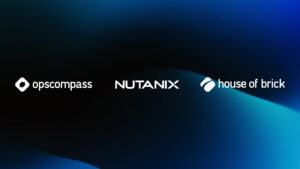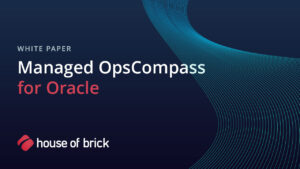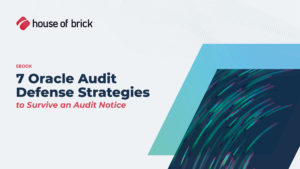Moving Oracle to the Cloud? You’re Still Not Off the Hook
Migrating to AWS, Azure, Google Cloud Platform (GCP), or OCI might simplify your infrastructure—but it doesn’t magically erase your Oracle licensing obligations.
Whether you’re bringing your own licenses or using pay-as-you-go options, the same core Oracle rules still apply. And the cloud brings a few new licensing twists of its own.
See how Opscompass tracks Oracle workloads across AWS, Azure, GCP, and OCI
Two Ways to Run Oracle in the Cloud—and What to Watch For
If you’re thinking about how to license Oracle in the cloud, you generally have two options. Each has its own licensing implications and potential pitfalls:
1. BYOL (Bring Your Own License): You bring your existing Oracle licenses to the cloud.
- You’re still on the hook for processor core counts – You must apply Oracle’s core factor table to your cloud instance sizes, and miscalculating can lead to under-licensing.
- Multi-tenant environments can complicate compliance fast – Shared cloud platforms may introduce risks if workloads can migrate across physical infrastructure.
2. License-Included: You pay for Oracle licenses as part of your cloud bill.
- Easier procurement, but limited flexibility – You avoid managing entitlements, but you’re locked into Oracle’s provided configurations.
- Often doesn’t include all Enterprise features – Some advanced capabilities (like Partitioning or Active Data Guard) may require additional licensing, even in license-included models.
Learn how House of Brick supports cloud-first Oracle licensing
Sneaky Oracle License Risks in Cloud Deployments
Even experienced cloud teams get tripped up by Oracle’s licensing interpretations. Here are four common ways license risk shows up in cloud environments:
- Counting Cores Wrong – Cloud VMs don’t always map cleanly to Oracle’s processor licensing model. Misapplying core factors (or forgetting them entirely) is a fast track to an audit issue.
- Using Enterprise Features You Didn’t License – Turning on features like Partitioning, Advanced Compression, or Data Guard—whether intentionally or not—can trigger additional license obligations.
- Auto-Scaling = Auto-Expanding License Footprint – If your cloud infrastructure launches new VMs with Oracle installed, you could be unknowingly expanding your license liability.
- Thinking DR Regions Are Freebies – Oracle usually requires licensing for standby and disaster recovery systems unless specific terms are negotiated. Many teams miss this.
Use Opscompass Configuration Drift Monitoring to detect Oracle sprawl before it becomes a billing surprise.
Where Opscompass Fits In
Opscompass makes it easier to see the full picture of Oracle in the cloud. Here’s what it helps you do:
- Find every Oracle instance, no matter the cloud – Avoid blind spots in multi-cloud or hybrid setups, including GCP.
- Track Enterprise Edition features in use – Know exactly which licensable features are enabled and where.
- Flag config drift and unplanned growth – Get alerted when workloads change in ways that could impact compliance.
- Deliver real-time risk visibility by region, account, and VM – Make informed decisions with continuously updated licensing intelligence.
Related: Audit Your Oracle Feature Usage Before Oracle Can
What House of Brick Brings to the Table
House of Brick’s licensing services are tailored for the hybrid world. We help organizations avoid Oracle surprises with:
- Cloud-aware license architecture planning – Design your cloud deployments with licensing in mind from day one.
- Regional placement and instance type recommendations – Ensure your instance types and regions align with your entitlements.
- Audit documentation and remediation strategies – Be ready with proof, or a plan, before Oracle comes knocking.
- Cost control and optimization workshops – Find ways to reduce unnecessary licensing spend across environments.
Oracle Licensing in the Cloud: What You Need to Know
Not always. Oracle applies its own conversion ratios based on instance types.
Only if your licensing agreement supports it—and not all pay-as-you-go images qualify.
OCI offers preferred pricing, but usage tracking and DR rules still apply.
Just Because It’s in the Cloud Doesn’t Mean It’s Out of Sight
Oracle audits are still a risk—even in the cloud. And license sprawl is easier than ever.







